Disclosure: This article contains affiliate links. We may earn a commission from purchases at no extra cost to you, which helps our travel content.
The ancient cobblestone streets of Lijiang's Old Town welcomed me with a symphony of sounds: water rushing through centuries-old canals, the distant strum of Naxi folk instruments, and the gentle murmur of morning conversations. Having spent years documenting vernacular architecture across continents, I've developed an eye for places where design tells stories of cultural resilience. Lijiang, with its UNESCO-protected wooden structures and intricate water systems, isn't just a pretty postcard destination—it's a living museum where the Naxi minority culture continues to breathe and evolve despite the inevitable march of tourism. After multiple visits spanning a decade, I've cultivated relationships with local artisans, discovered hidden courtyards where tourists rarely venture, and learned to navigate this enchanting labyrinth like someone who belongs. This isn't your standard Lijiang itinerary—it's my invitation to experience this remarkable place through the eyes of those who call it home.
Beyond the Guesthouses: Authentic Homestays with Naxi Families
While Lijiang's Old Town is lined with charming boutique hotels, the most profound experiences happen when you venture beyond the tourist accommodations. On my third visit to Yunnan, I discovered the network of family homestays in the villages surrounding Lijiang—an experience that transformed my understanding of Naxi domestic architecture and daily life.
In Baisha Village, just a 20-minute bike ride from the Old Town, I stayed with Grandma Zhao, whose 200-year-old wooden home has been in her family for seven generations. The structure itself tells the story of Naxi design philosophy—three sides built around a central courtyard that serves as the heart of family activity. Each morning, I'd wake to the sound of Grandma preparing breakfast in the courtyard kitchen, using vegetables harvested from her garden moments before.
'The house breathes with us,' she explained through my translator friend, pointing to the ingenious ventilation system built into the wooden eaves. 'In summer, cool; in winter, warm.'
What makes these homestays special isn't just the authentic architecture—it's the immersion into family routines. I learned to make Naxi baba bread, helped hang red chilies to dry from ceiling rafters, and spent evenings around the courtyard fire pit where Grandma Zhao's grandson practiced traditional Dongba script.
For those seeking this experience, I recommend bringing a small travel translator device to bridge communication gaps. While many homestay hosts in the more established networks have basic English, the real magic happens when you can exchange stories beyond simple pleasantries.
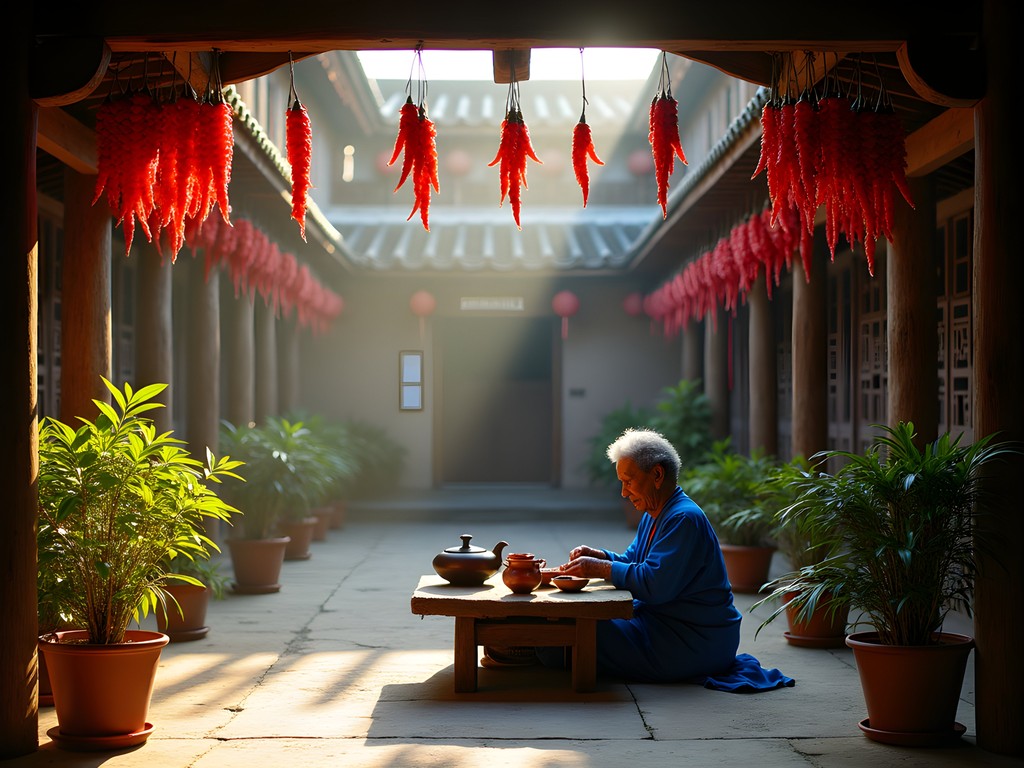
💡 Pro Tips
- Book homestays through Lijiang Old Town Guesthouse Association rather than online platforms for more authentic family connections
- Bring small gifts from your home country as a gesture of appreciation (coffee, chocolate, or local crafts work well)
- Learn basic Naxi greetings before arriving—the effort is deeply appreciated
The Artisan Workshops Hidden in Plain Sight
Lijiang's main streets overflow with souvenir shops selling mass-produced trinkets, but tucked away in the maze of alleyways are workshops where genuine Naxi craftsmanship continues to thrive. My background in design has trained me to spot the difference between tourist commodities and authentic artistic expression—a skill that led me to some of my most treasured Lijiang experiences.
On Xinhua Street, most tourists walk right past an unmarked wooden door that leads to Master Huang's silversmith workshop. I discovered it only after following the rhythmic tapping sound that echoed down an otherwise quiet lane. Inside, three generations of silversmiths work side by side, creating intricate Naxi silver accessories using techniques passed down for centuries.
'Each pattern tells a story from our Dongba religion,' Master Huang explained, showing me how to identify authentic silverwork by examining the weight and detailed craftsmanship. He allowed me to sit and observe for hours, eventually demonstrating basic hammering techniques on a small silver disc that now hangs as a pendant in my New Orleans studio.
Nearby in Wenlin Alley, I found Madame Yang's natural dye workshop, where she creates the distinctive indigo textiles that once defined Naxi clothing. The small room is perfumed with the earthy scent of dye vats and hung with drying fabrics in various stages of the process.
'You must come back tomorrow,' she insisted through gestures when I first visited. 'New color day.' I returned to witness the alchemical process of transforming local plants into vibrant dyes—a tradition increasingly abandoned as machine-made fabrics flood the market.
For documenting these remarkable processes, I rely on my compact camera which captures incredible detail in low-light workshop settings without being obtrusive or disrespectful to the artisans' space.
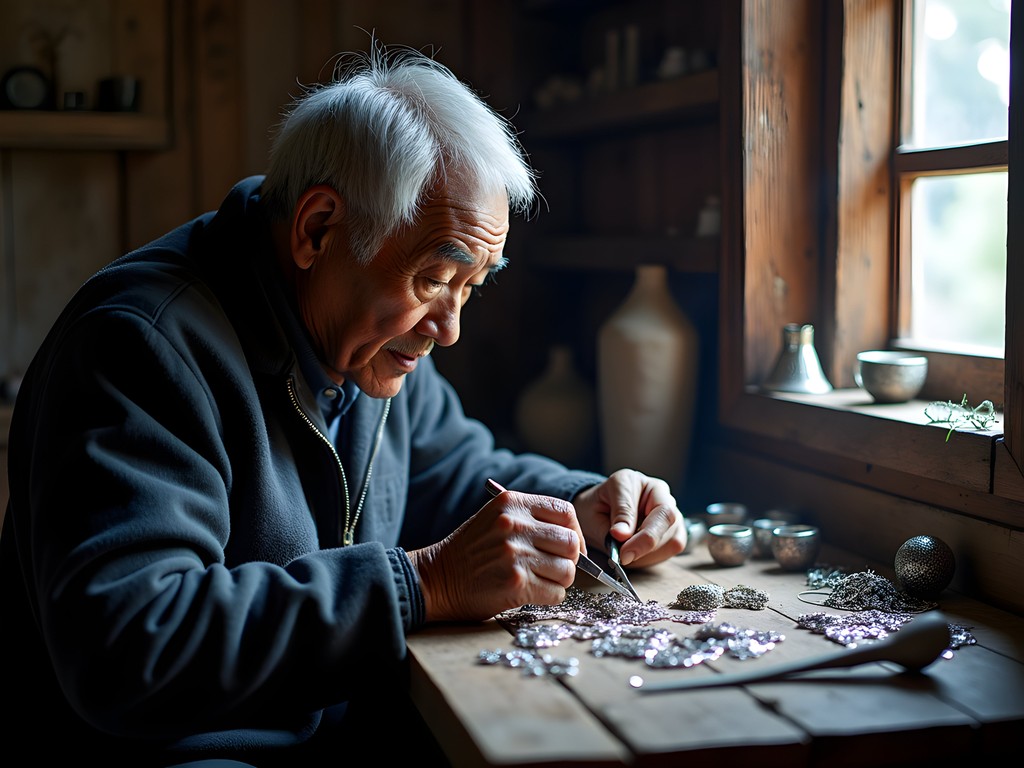
💡 Pro Tips
- Visit workshops before 10am or after 4pm when tour groups are less likely to be around
- Ask permission before photographing artisans or their work—offering to purchase something small shows respect for their time
- Bring cash in small denominations as most workshops don't accept cards or WeChat pay with foreign accounts
Dawn Rituals and Breakfast Haunts
Lijiang transforms completely in those magical hours before the day-trippers arrive. I've made it a ritual to rise before sunrise during my stays, slipping out into the empty cobblestone streets while the Old Town belongs only to locals beginning their day. This is when you'll witness the authentic rhythm of Lijiang life that most tourists miss entirely.
My favorite morning begins at the Black Dragon Pool Park just as the gates open at 6am. While tourists visit later for the iconic view of Jade Dragon Snow Mountain reflected in the pool, dawn reveals local elders practicing tai chi beneath ancient trees, their synchronized movements creating a living meditation against the backdrop of mist-shrouded mountains.
'Join us tomorrow,' an elderly gentleman invited after noticing me watching respectfully from a distance. The next morning, I found myself attempting to follow their graceful movements, earning encouraging nods despite my clumsy efforts.
From the park, I follow the scent of fresh baking to Granny Li's corner stall on Wuyi Street, where she makes the best baba—a Naxi flatbread stuffed with brown sugar and walnuts. By 8am, she'll have sold out to locals, but at 6:30am, you can watch her prepare each batch over a simple coal-fired griddle.
'You like sweet or salty?' she asks in simple English, having served the occasional foreigner who discovers her hidden spot. I always choose one of each, enjoying them with a cup of bitter local tea from her thermos as I watch Lijiang wake up around me.
Nearby, the morning market on Xinyi Street offers a glimpse into local food culture untouched by tourism. Naxi grandmothers barter over foraged mushrooms, farmers display vegetables I've never seen before, and homemade pickles ferment in clay jars. This is where I stock up on snacks for day hikes, including dried yak cheese that sustains local shepherds during long days in the mountains.
For capturing these atmospheric morning scenes, I've found my smartphone with night mode works better than larger cameras, allowing me to document these authentic moments without disrupting the natural flow of local life.

💡 Pro Tips
- Stay within the Old Town rather than in newer hotels to make early morning exploration easier
- Learn the phrase 'zǎo cān' (breakfast) and 'duō shao qián' (how much) for navigating morning food stalls
- Bring a reusable mug for tea—many morning vendors will fill it for just a few yuan
The Secret Courtyards: Finding Solitude in a Tourist Town
Despite receiving millions of visitors annually, Lijiang still harbors tranquil spaces where you can experience the contemplative atmosphere that has inspired Chinese poets and artists for centuries. The key is knowing where—and when—to look.
My favorite sanctuary is the often-overlooked Mu Family Mansion's rear garden. While tourists cluster in the main halls, few venture to the back where a series of connected courtyards showcase classical Naxi-influenced Chinese garden design. I've spent entire afternoons sketching the ingenious architectural details where wooden beams meet stone foundations without nails or mortar—a testament to the sophistication of traditional building techniques.
'The garden speaks in whispers,' a local guide once told me. 'Most visitors are too busy to listen.'
During my last visit, I discovered that the mansion grounds empty completely after 4pm, though they officially close at 6pm. This two-hour window became my daily retreat, where I could photograph the interplay of late afternoon light on carved wooden screens without a single tourist in frame.
Another hidden gem lies within the grounds of the Black Dragon Pool, far from the famous viewing pavilion. Follow the stream uphill to find a series of small meditation pavilions that most tour groups bypass entirely. Here, I've had impromptu tea ceremonies with local elders who gather to play traditional instruments and practice calligraphy.
Perhaps my most treasured discovery came through a local connection—Madame Wang, whose family has lived in the Old Town for generations, invited me to visit her ancestral home after we bonded over a shared interest in traditional embroidery. Behind an unassuming door on a busy shopping street lies her family's private courtyard, where 300-year-old camellias bloom against weathered wooden pillars. Here, removed from the commercial frenzy just meters away, three generations of her family maintain a traditional lifestyle largely unchanged by tourism.
To document these special places respectfully, I use my travel journal for sketching architectural details and recording the stories behind them—a practice I find more mindful than constant photography in these contemplative spaces.
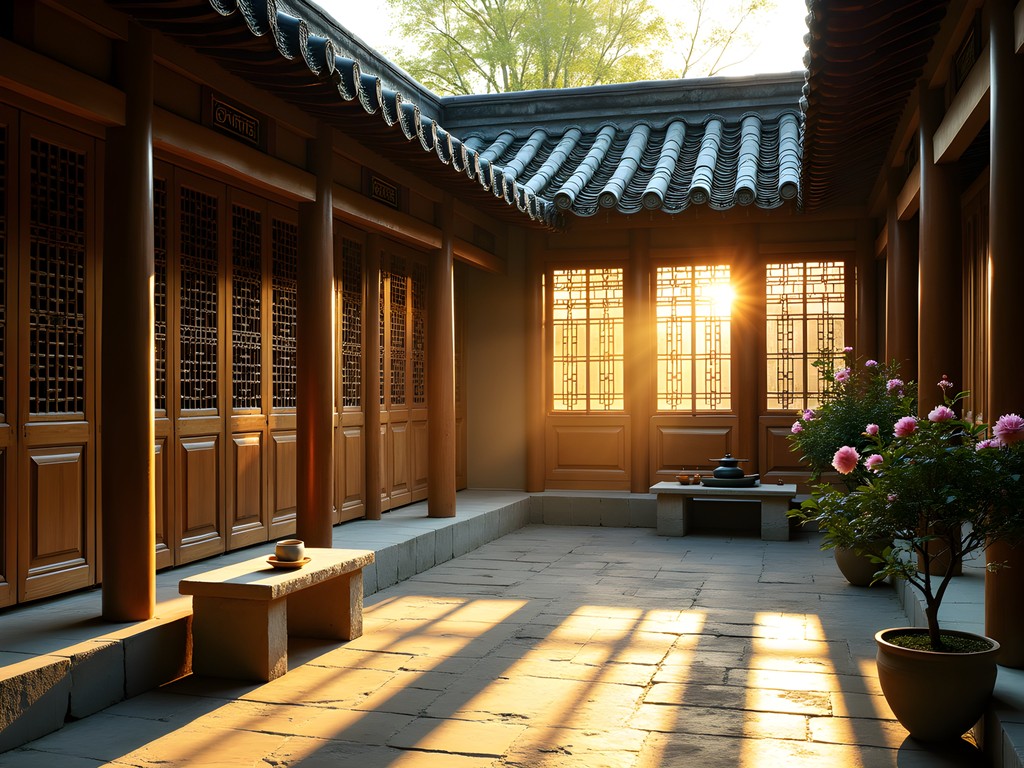
💡 Pro Tips
- Visit major sites after 4pm when tour groups have departed but before closing time
- Look for unmarked wooden doors with traditional carvings—they often lead to hidden courtyards
- Make friends with guesthouse owners who can introduce you to local families willing to share their private spaces
Connecting Through Music: Evening Gatherings with Naxi Musicians
While most visitors to Lijiang attend the commercialized Naxi Orchestra performance at the concert hall, the authentic musical heart of the city beats in less obvious locations. As someone fascinated by how cultural expression manifests through art forms, discovering Lijiang's authentic music scene became my passion project during my extended stay.
My journey began at Mama Naxi's Guesthouse, where the owner's brother—a Dongba priest and musician—occasionally gives informal performances for guests in the central courtyard. Unlike the polished concert hall shows, these intimate gatherings feature impromptu collaborations and stories about the ancient Dongba musical traditions that nearly disappeared during China's Cultural Revolution.
'We don't play for tourists,' he told me one evening as he demonstrated a handmade flute carved from local bamboo. 'We play to remember who we are.'
This connection led me to a weekly gathering at Teacher Zhang's teahouse on the eastern edge of the Old Town. Every Thursday evening, local musicians of all ages bring their instruments—traditional and modern—for an informal jam session that lasts until midnight. I was initially welcomed as an observer but eventually encouraged to participate by keeping rhythm on a simple wooden percussion instrument.
The most remarkable musical experience came through pure serendipity. While wandering the quiet streets near Lion Hill one evening, I followed the sound of haunting melodies to a small courtyard where elderly musicians were rehearsing ancient Naxi wedding songs. They practiced not for tourists or money, but to preserve traditions for an upcoming family celebration. After watching respectfully for some time, I was invited to sit closer as they explained the significance of each song in the marriage ritual.
For travelers hoping to discover these authentic musical moments, patience and respectful curiosity are essential. Bring a small portable Bluetooth speaker to share your own cultural music when appropriate—I found that playing traditional Mexican songs from my heritage often sparked meaningful cultural exchanges and opened doors to local musical gatherings.
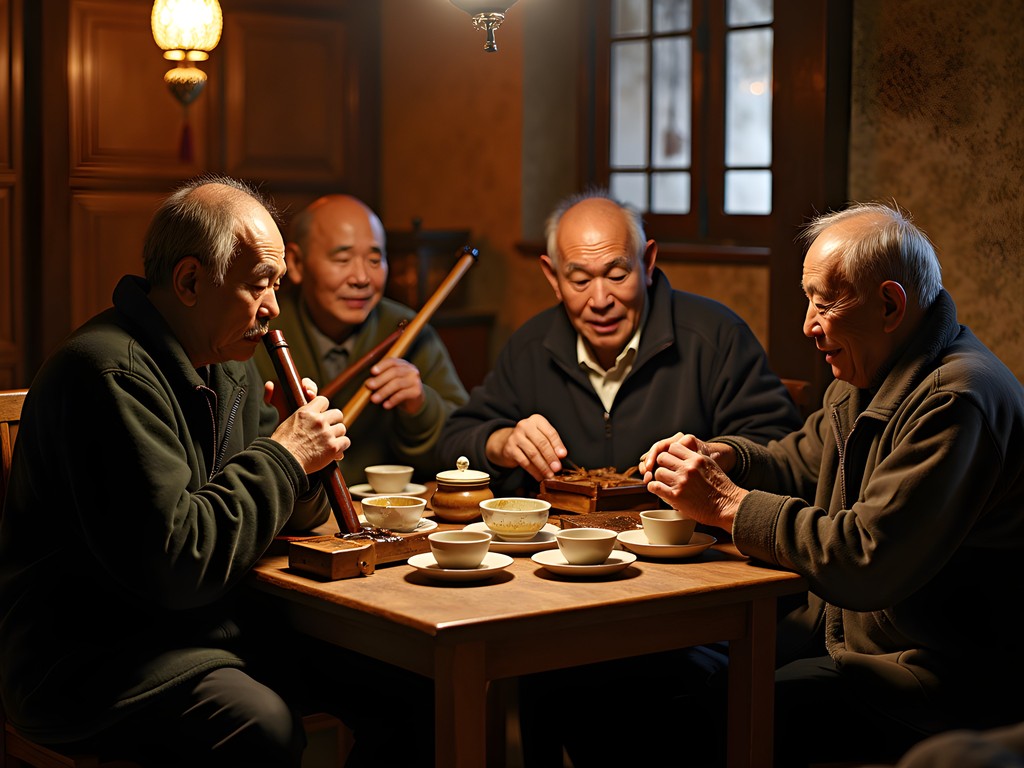
💡 Pro Tips
- Ask guesthouse owners about local musicians who might welcome visitors to informal gatherings
- Learn basic Naxi musical terms like 'baisha xiyue' (ancient Naxi music) to express specific interest
- Bring small gifts of appreciation when invited to private music sessions—tea from your home country is always welcomed
Final Thoughts
As I pack my sketchbooks filled with Naxi architectural details and tuck away the handcrafted silver pendant from Master Huang's workshop, I realize that Lijiang has offered me something beyond typical travel experiences. By slowing down, venturing beyond the main streets, and approaching this ancient place with genuine curiosity rather than a checklist mentality, I've been granted glimpses into a living culture that continues to thrive behind the tourist façade. The true Lijiang reveals itself in morning light on weathered wooden beams, in the hands of artisans preserving ancestral techniques, and in the melodies that have echoed through these valleys for centuries. This isn't a place to simply photograph and leave—it's a community to connect with, learn from, and return to as relationships deepen over time. My invitation to you is simple: come to Lijiang not just to see, but to listen, engage, and participate in the continuing story of this remarkable place.
✨ Key Takeaways
- Authentic experiences in Lijiang come through connections with local families rather than commercial tourist offerings
- Early mornings reveal the true rhythm of local life that most visitors miss entirely
- Supporting traditional artisans helps preserve cultural practices threatened by mass tourism
- The most meaningful experiences often happen in the spaces between major attractions
📋 Practical Information
Best Time to Visit
September-October (fall) for clear skies and fewer crowds
Budget Estimate
$30-50 USD per day (excluding flights)
Recommended Duration
Minimum 5 days, ideally 7-10 days
Difficulty Level
Intermediate

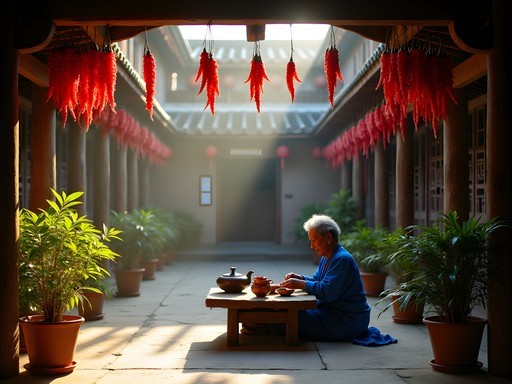
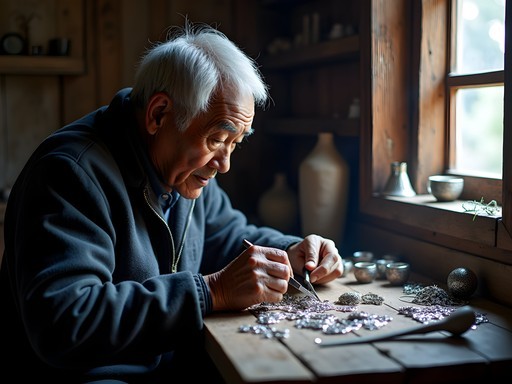
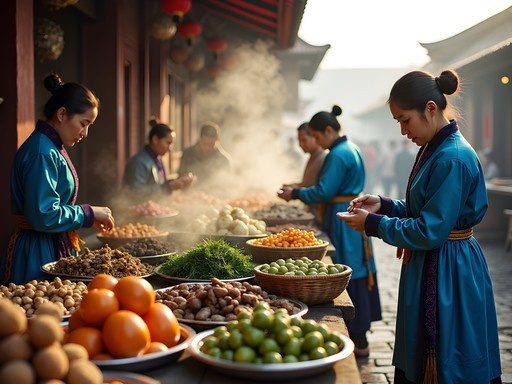

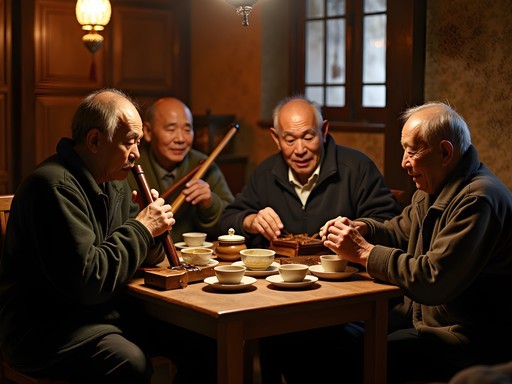


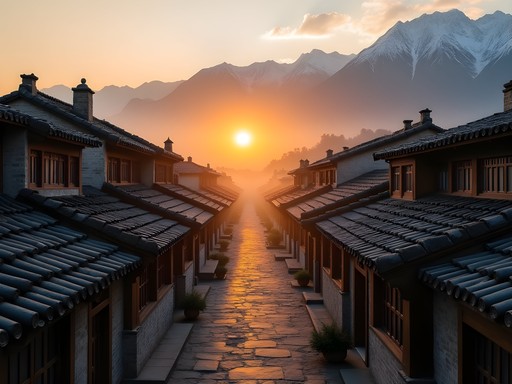






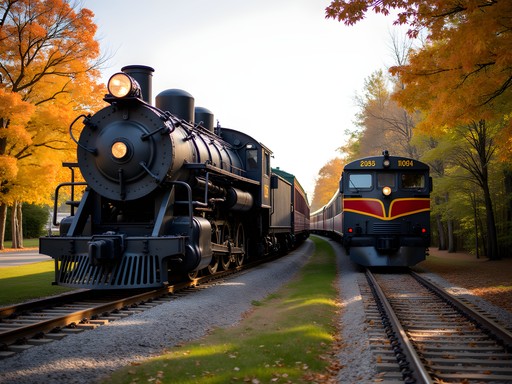
Comments
sunnymood
This looks amazing! I'm planning a solo trip to Yunnan in October. How did you arrange the homestay with Naxi families? Was language a barrier? Also wondering if those morning rituals are open to visitors or if that would be intrusive?
Olivia Sanchez
Great questions! I found my homestay through a local organization called Lijiang Heritage Project - they match travelers with families who are specifically interested in cultural exchange. Basic Mandarin helps but many hosts have some English. As for morning rituals, I was invited by my host family - definitely not something to just show up for. But if you express genuine interest, many locals are happy to share their traditions!
sunnymood
That's super helpful, thanks! Will look up the Lijiang Heritage Project.
Dylan Turner
Excellent piece on Lijiang's hidden side, Olivia. I visited last month and found Master Huang's silver workshop after reading your post - what an incredible craftsman! For those planning a visit, I'd add that early November offers perfect weather and fewer crowds. I'd also recommend venturing to Baisha village (just outside Lijiang) for even more authentic Naxi culture. The embroidery workshop there is spectacular. One tip: I brought my pocket translator which made connecting with local artisans much easier than relying on my terrible Mandarin. The dawn rituals you mentioned were magical - especially watching the elderly residents practice tai chi by the canals before the tourist crowds arrive.
islandguide
Thanks for the Baisha tip! Did you need a guide to find the embroidery workshop or is it easy to locate?
Dylan Turner
It's actually well-marked once you're in Baisha. Just ask for the Baisha Naxi Embroidery Institute. The local bus #6 from Lijiang Old Town takes you there in about 20 minutes.
Sophia Gomez
Olivia, you've captured the soul of Lijiang perfectly! I was there for a business conference last year and extended my stay to explore. The Naxi homestay experience was the highlight of my trip too. I stayed with a family near Baisha Village who taught me how to make those incredible buckwheat pancakes! I'd add that hiring a local guide for even just one day made such a difference - my guide Xiao Wei showed me tiny workshops where they still make dongba paper by hand. I documented the whole experience in my travel journal which was perfect for sketching those architectural details you mentioned.
oceanace
Those artisan workshops look amazing! Definitely adding this to my itinerary.
citymood
Just got back from Lijiang last month and wish I'd seen this post before going! We spent way too much time in the touristy parts. Did manage to find a small tea house run by a Naxi grandmother who showed us the proper way to brew Pu'er tea. Definitely agree that early morning is magical there - we got up at 5am one day and it felt like we had the whole ancient town to ourselves.
sunnymood
Do you remember the name of that tea house? Would love to visit when I go!
citymood
It was down a small alley near Sifang Square. I think it was called Mama Lu's? No English sign though, just look for the tiny courtyard with lots of plants and tea canisters in the window!
travelstar
Wow! This is exactly the kind of insider info I've been looking for! Planning my trip to Yunnan next spring and definitely saving this post. Those hidden courtyards sound magical!
Olivia Sanchez
So glad you found it helpful! Feel free to DM me if you need any specific tips for your spring trip. The rhododendrons will be blooming then - absolutely stunning!
travelstar
Will definitely take you up on that offer! Thanks Olivia!
islandguide
This post brought back so many memories! I stayed with a Naxi family last summer and it completely changed my experience of Lijiang. The grandmother taught me how to make baba (those amazing flatbreads) and I still make them at home. Did anyone else find that the local families were super welcoming even with minimal shared language? My phrasebook and lots of hand gestures got me through! The secret courtyards section of this post is spot on - I found this tiny tea house down an unmarked alley that became my daily escape from the tourist crowds.
oceanace
Which homestay did you use? Planning a trip there in January!
islandguide
I found mine through a local guide named Mr. Wu near Sifang Square. He knows several families that host visitors. Just look for the older gentleman with the red cap near the main bridge in the morning!
oceanexplorer
This is exactly the kind of local insight I've been looking for! I'm planning a trip in October - is that a good time to visit? Also, how did you get around? Public transportation or private driver?
Olivia Sanchez
October is perfect! The summer crowds are gone and the weather is still pleasant. I mostly walked within the Old Town (it's very compact) and used local buses to reach nearby villages. For more remote areas like Tiger Leaping Gorge, I shared a minivan with other travelers I met at my homestay. Much cheaper than a private driver!
oceanexplorer
Thanks so much! Looking forward to exploring Lijiang like a local!
Timothy Jenkins
Olivia, your insights into Lijiang's hidden spaces are remarkably astute. Having documented the region extensively for my cultural series, I'd add that timing is everything when visiting the artisan quarters. Between 2-4pm, many craftspeople take their afternoon rest, but this creates a wonderful opportunity to photograph their workshops without disturbing their work. The light streams through the wooden lattice windows during this time, creating the most extraordinary atmosphere. For those interested in Naxi musical traditions, there's a small courtyard behind the Mu Family Mansion where local musicians practice informally around 7pm - far more authentic than the staged performances for tourists.
Olivia Sanchez
Timothy, that tip about the afternoon light in the workshops is gold! I completely missed the musicians behind Mu Family Mansion - definitely something to catch on my next visit. Thanks for sharing your expertise!
wanderlover
Just got back from Lijiang last week and your post is spot on! We followed your advice about the dawn rituals and it was magical watching the town wake up. Found this tiny breakfast spot near Zhongyi Market where an old lady makes the best rice noodles I've ever tasted. One thing I'd add - bring a good daypack for exploring as you'll want to stay out all day. I used my waterproof backpack which was perfect for the sudden afternoon showers that seem to happen almost daily. The artisan workshops were incredible - we spent hours watching a silversmith create the most intricate pieces.
Venture X
Premium card with 2X miles, $300 travel credit, Priority Pass